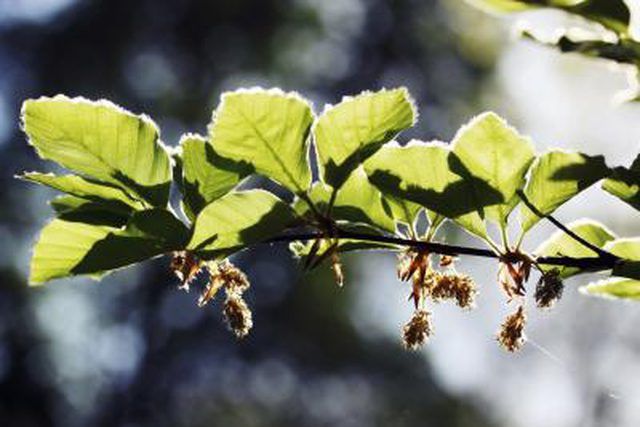Bulbs
Flower Basics
Flower Beds & Specialty Gardens
Flower Garden
Garden Furniture
Garden Gnomes
Garden Seeds
Garden Sheds
Garden Statues
Garden Tools & Supplies
Gardening Basics
Green & Organic
Groundcovers & Vines
Growing Annuals
Growing Basil
Growing Beans
Growing Berries
Growing Blueberries
Growing Cactus
Growing Corn
Growing Cotton
Growing Edibles
Growing Flowers
Growing Garlic
Growing Grapes
Growing Grass
Growing Herbs
Growing Jasmine
Growing Mint
Growing Mushrooms
Orchids
Growing Peanuts
Growing Perennials
Growing Plants
Growing Rosemary
Growing Roses
Growing Strawberries
Growing Sunflowers
Growing Thyme
Growing Tomatoes
Growing Tulips
Growing Vegetables
Herb Basics
Herb Garden
Indoor Growing
Landscaping Basics
Landscaping Patios
Landscaping Plants
Landscaping Shrubs
Landscaping Trees
Landscaping Walks & Pathways
Lawn Basics
Lawn Maintenance
Lawn Mowers
Lawn Ornaments
Lawn Planting
Lawn Tools
Outdoor Growing
Overall Landscape Planning
Pests, Weeds & Problems
Plant Basics
Rock Garden
Rose Garden
Shrubs
Soil
Specialty Gardens
Trees
Vegetable Garden
Yard Maintenance
Facts About the Alder Tree
Facts About the Alder Tree. Every tree has its own magic, but few give more back to the forest community than the alder (Alnus spp.). This remarkable tree provides shade and protection for wildlife, stabilizes river banks with its deep roots and also fixes nitrogen in the soil thanks to a symbiotic relationship with a bacterium.

Every tree has its own magic, but few give more back to the forest community than the alder (Alnus spp.). This remarkable tree provides shade and protection for wildlife, stabilizes river banks with its deep roots and also fixes nitrogen in the soil thanks to a symbiotic relationship with a bacterium.
So Many Alders, So Little Time
The genus Alnus unites about 30 species of alders ranging from small shrubs to the giants: black alders (Alnus glutinosa) of Europe that can grow to 80 feet or more and equally tall red alders (Alnus rubra) and white alders (Alnus rhombifolia), native to the U.S. Both male and female alder flowers are catkins, appearing on the trees early in springtime before the leaves. In time, the flowers give way to the fruit, woody cones that hang on the tree's branches like small lanterns.
Black Is Black
Black alders began their stay on the planet in Europe, but currently also grow in North America in U.S. Department of Agriculture plant hardiness zones 3 through 7. They sport dark brown, warty bark and can grow one or many trunks. Although black alders like wet soils, they are also drought-tolerant and grow quickly in either sun or shade. Black alders propagate so readily that the tree has naturalized along river banks and in swampy areas in the Eastern U.S. The species shades out native trees and is considered invasive.
Silvery White Alder
White alders also prefer to keep their roots in the water and like to grow by rivers or streams. Given the proper location, the tree shoots up some 3 feet a year to reach 80 feet or taller in USDA zones 8 through 11. This alder's straight trunk is a pale, attractive silver, and its branches are slender, dipping at the tips. It is an easy-care tree that generally needs neither fertilizer nor pruning when cultivated.
Red Alder
If you counted every hardwood tree in the Pacific Northwest, you would find that red alder comes in first on the list. This tree -- also known as Oregon alder or western alder -- grows fast when young if it gets sufficient sunshine. This makes it a successful pioneer tree on disturbed land in USDA zones 4 through 8. A seedling can shoot up more than 3 feet in its very first year. Recognize the red alder by its deep mahogany bark.
Alder Magic
The most remarkable thing about the alder is its relationship with the nitrogen-fixing bacterium Frankia alni. Living in the tree's roots, the bacterium takes in nitrogen from the air, making it available to the alder and fixing it in the soil; in exchange, it uses the tree's carbon. In this way, an alder tree increases the soil's fertility and provides nutrients to assist all future plant species in the area.